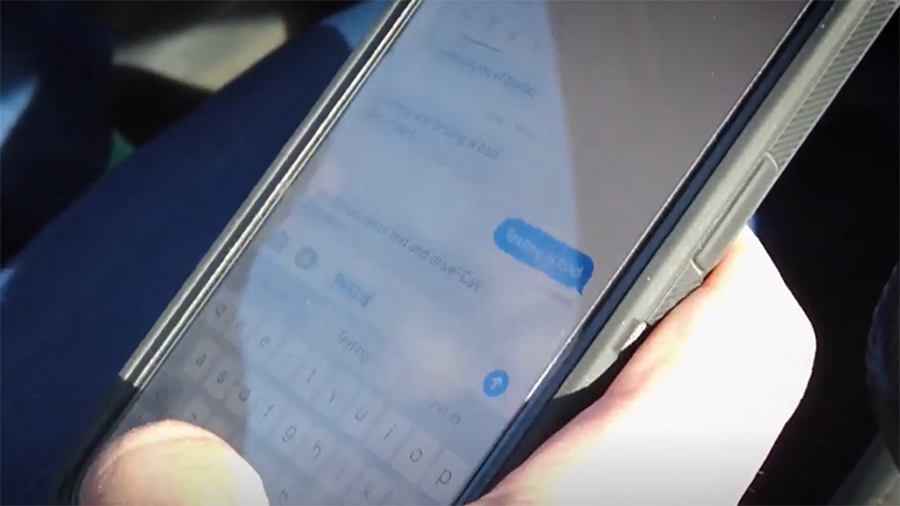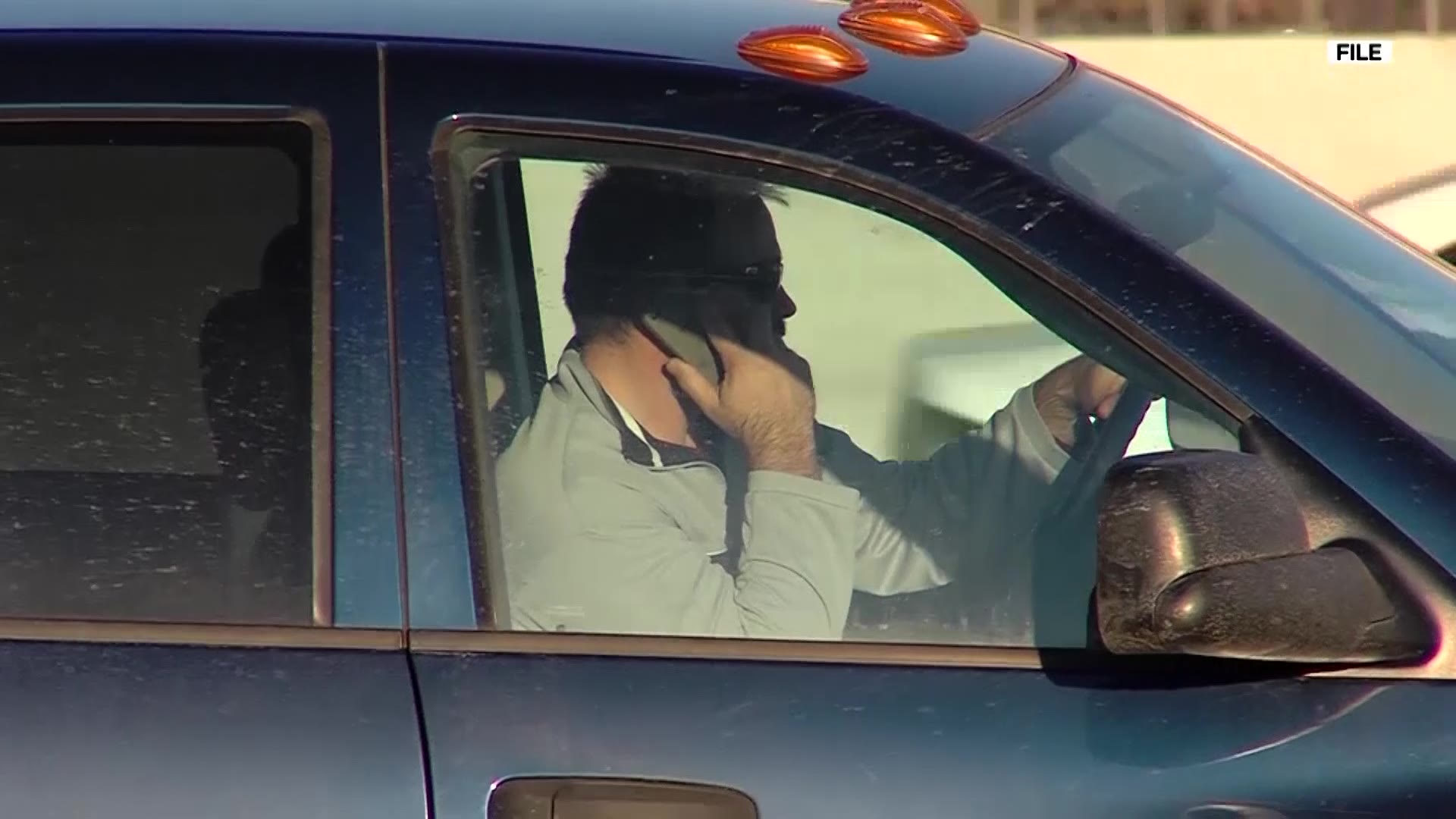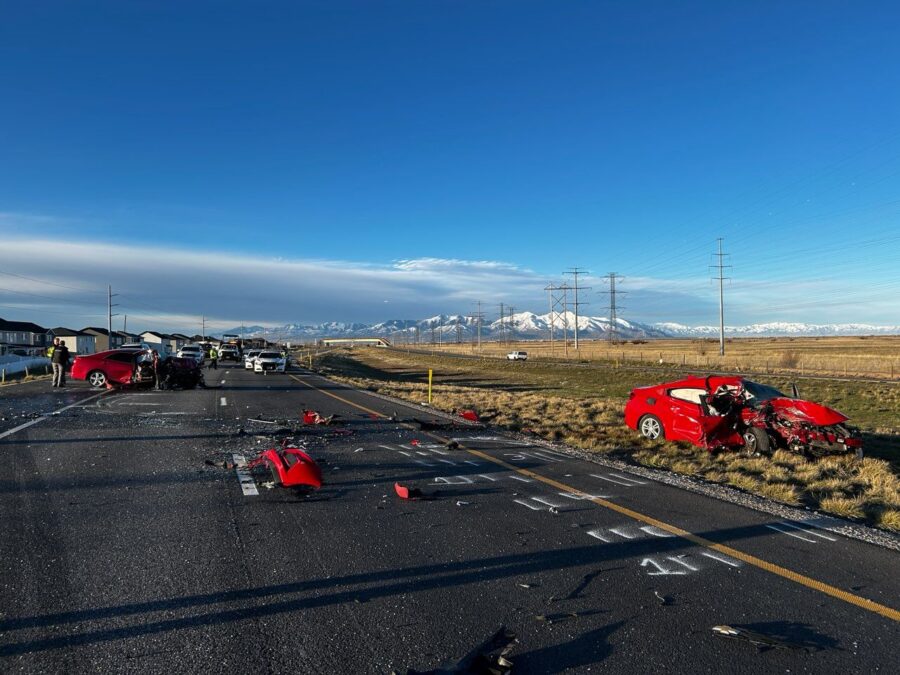Tips for driving safely after daylight saving time change
Mar 10, 2023, 11:30 AM | Updated: 11:15 pm
SALT LAKE CITY — Daylight saving is Sunday, which means it’s time to move our clocks forward an hour. The change may impact our traveling abilities, so here are some tips to keep you safe out on the roads, courtesy of Zero Fatalities.
The two major travel risks involved with the time change are: poor visibility due to less light in the morning and drowsiness due to a change in sleep cycle
To keep yourself and others safe during the darker commute:
- Drivers should be on the lookout for bicyclists, pedestrians or motorcyclists
- Slow down if needed, especially in neighborhoods, near schools and around intersections
- Vulnerable roadway users — pedestrians, bicyclists, motorists — should do everything in their power to be seen by drivers
- Wear reflective gear and lights, be predictable, use traffic safety devices, obey traffic laws, and make eye contact with drivers
- All road users should drive sober, eliminate distractions, and best focus on the task of driving/walking/biking
- Parents should take to children and teens about the risks and safety tips for daylight saving
To avoid drowsy driving:
- Make sure you are awake and alert before driving/walking/biking
- If you experience sleepiness while driving, pull over to a safe place and take a power nap
- You can reduce your risk for daylight saving-induced drowsiness by resetting your internal body clock slowly
- For the next two nights, set your alarm clock for 15 minutes earlier and go to bed 15-30 minutes earlier than usual
- Be active and enjoy the weekend so it will be easier to fall asleep earlier
For additional information and tips, click here.














